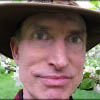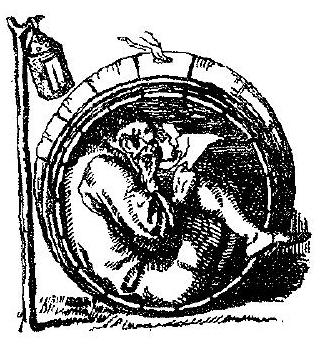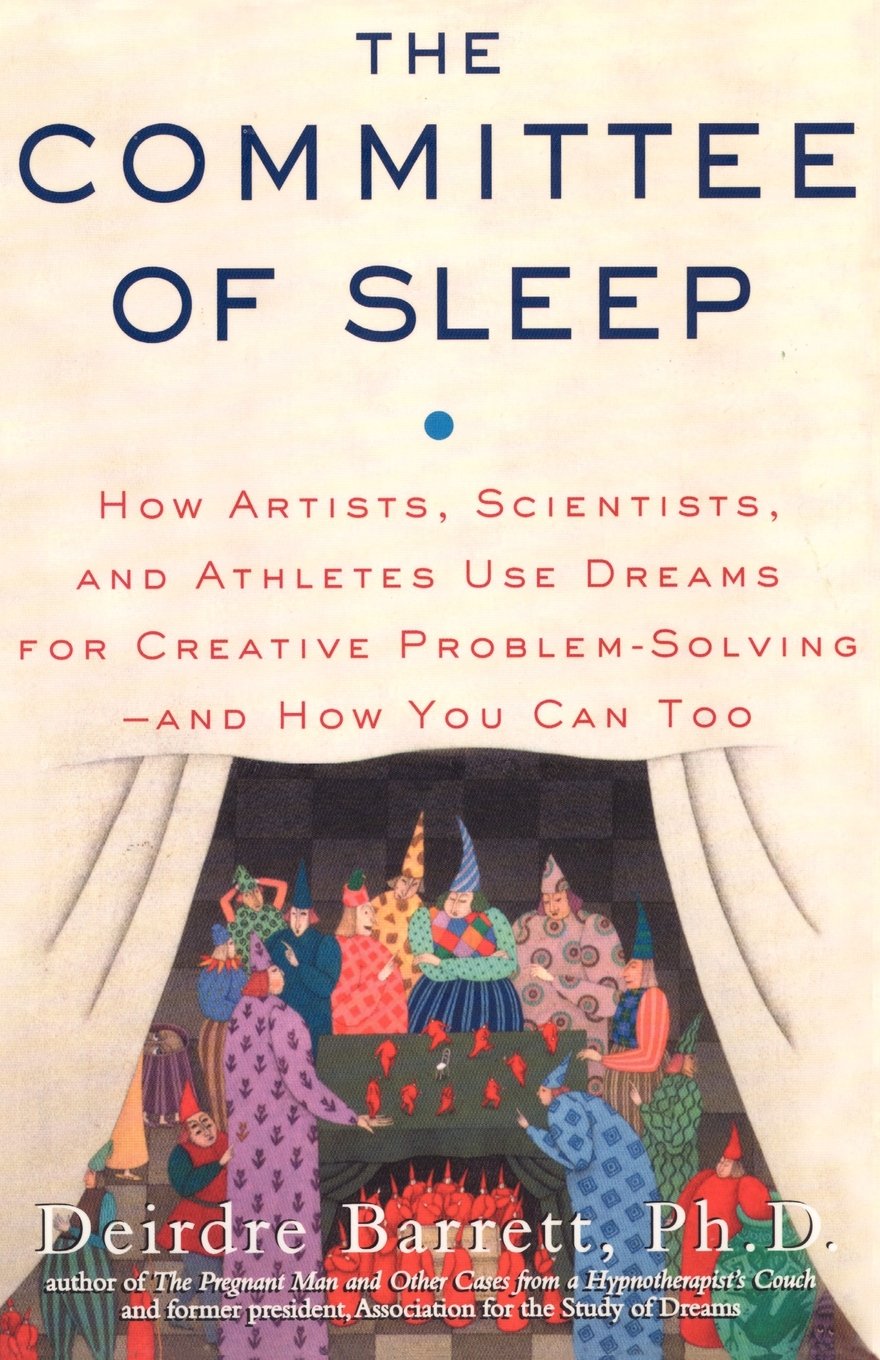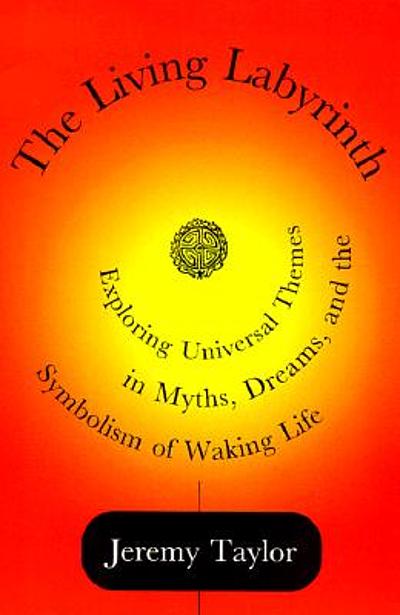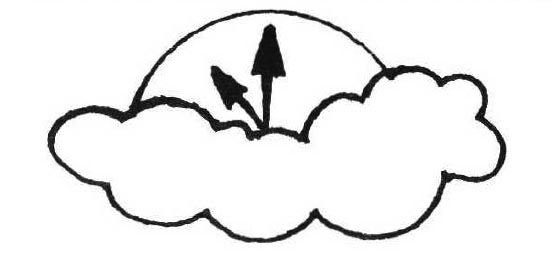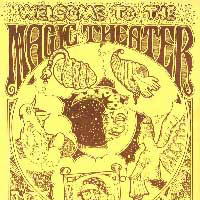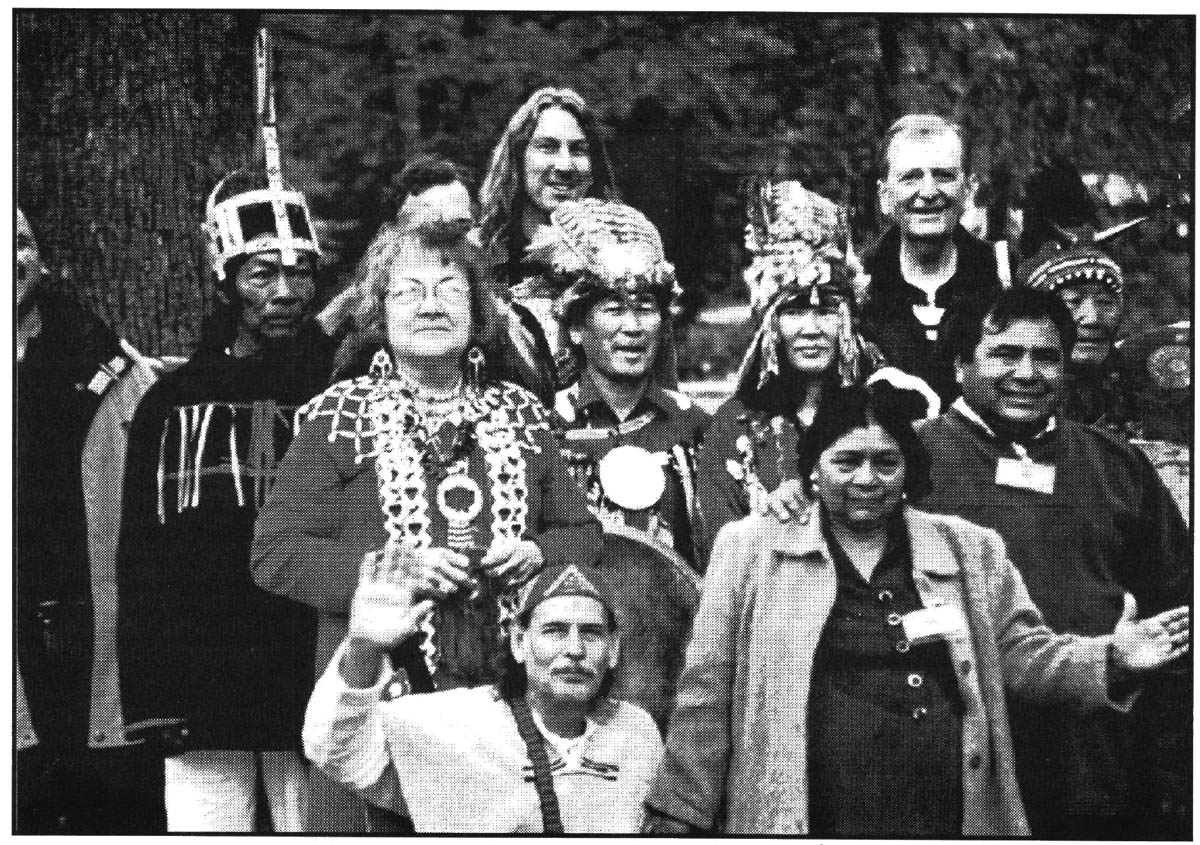"Dreaming is the mystical source of reality. This book is devoted to perceiving, living and orienting you to the power of Dreaming. My goal is not to notice the Dreaming only occasionally, but to develop a constant awareness of Dreaming with the new method I call 24-Hour Lucid Dreaming."
I have long known that Arnold Mindell has some unique and very important insights into dreams, having noticed his books on the Dreambody approach, synthesizing dreams with bodywork. As a graduate of MIT and the Jung Institute in Switzerland, Mindell founded a new school of therapy called Process Oriented Psychology. But this book is a true groundbreaker, a shamanic surprise, surpassing all expectations.
This book is inspired by the concept of the Dreaming, as it is understood by Australian Aborigines. Mindell begins by examining Aboriginal Dreaming and its connections with quantum physics, psychology, and Buddhism. For the Aboriginal elders, the Dreaming is the basis of all life, and is clearly larger than what we think is going on in rapid eye movement sleep. Mindell does a great job of explaining this view to western readers, using the metaphor of the light and dark sides of the moon. While most of us go through life focused only on the bright side of the moon, we need to have an understanding of the dark side, the Dreaming reality, in order to have a wholistic grasp of deeper reality. Further, Mindell states,
"...it seems to me that ignoring the Dreaming is an undiagnosed global epidemic. People everywhere suffer from a chronic form of mild depression because they are taught to focus on everyday reality and forget about the Dreaming background."
While the Aboriginal peoples have long noted this tendency we have to "ignore the Dreaming" in statements such as "White man got no Dreaming, him go 'nother way. White man, him go different." Mindell, on the other hand, shows in this book that we each can develop an awareness of the Dreaming. In fact, for many he would maintain it is essential for a full and complete life. "Without Dreaming, you are living only half your life and seeing only half the world." Much of this book discusses what is would mean to develop that awareness, with many specific exercises to enable the reader develop that ability.
In the effort to expand our awareness of the Dreaming, Mindell also expands the meaning of "lucid dreaming". This expanded definition has many implications for anyone exploring dreams. He states, "Because you are Dreaming all day long, I wish to expand the idea of lucid dreaming to mean being awake during Dreaming not only at night but also during the day." He traces the history of the western concept of lucid dreaming through Rudolf Steiner, Alan Worsley, Stephen LaBerge and Jayne Gackenbach, and shows how that understanding is too limited and fragmented for his purposes. He then shows how his work, along with insights from Australian Aborigines and Eastern perspectives, such as that of the Dalai Lama, point of a larger, deeper wholistic definition of lucid dreaming. Thus he urges the reader to develop an awareness he calls 24-hour Lucid Dreaming.
Mindell draws in a neat little diagram where The Dreaming is the basis of life, the root of it all. Arising from that level, we come to Dreamland, the place where dreams occur. And then, arising from that, we come to consensus reality, the place where you and I live our everyday lives. He points out that most of the study of dreamwork focuses on the relation between what goes on in Dreamland and daily consensus reality. In this book, we focus our attention on lucidly noticing experiences occurring between Dreamtime and Dreamland. This is subtle work, often examining vague feelings and intuitions that can barely be verbalized. Mindell does a good job of not only verbalizing some of these usually vague and invisible parts of reality, but also showing how such work can have profound ramifications in our daily lives.
The bulk of this book goes into specifics about how one might develop such a deeper awareness of the Dreaming in various areas of our lives. Mindell examines addictions & relationships, time travel, lucid healing & preventive medicine, and Dreaming as world work. Each of these discussions include innovative exercises, instructive stories and diagrams and ideas for further exploration. If there is a downside to this book, it may be that the reader is introduced to so many possibilities that one becomes disillusioned or frustrated. There is no way that any author can cover each area approached here comprehensively.
I recommend this book very highly for the inspiring perspective and wealth of insights, as well as specific exercises geared to developing a deeper awareness of the Dreaming. I suspect that readers will be able to take the ideas in this book in many different directions. As Mindell states:
"My goal is to make the Dreaming roots of reality so accessible, so visceral, that your conscious mind will give you back your right to dream."

